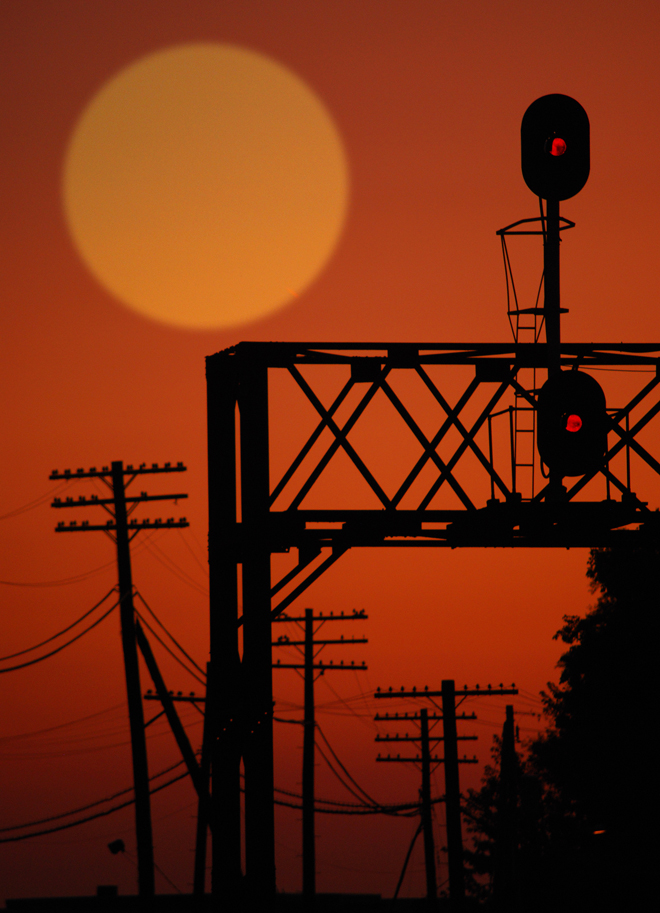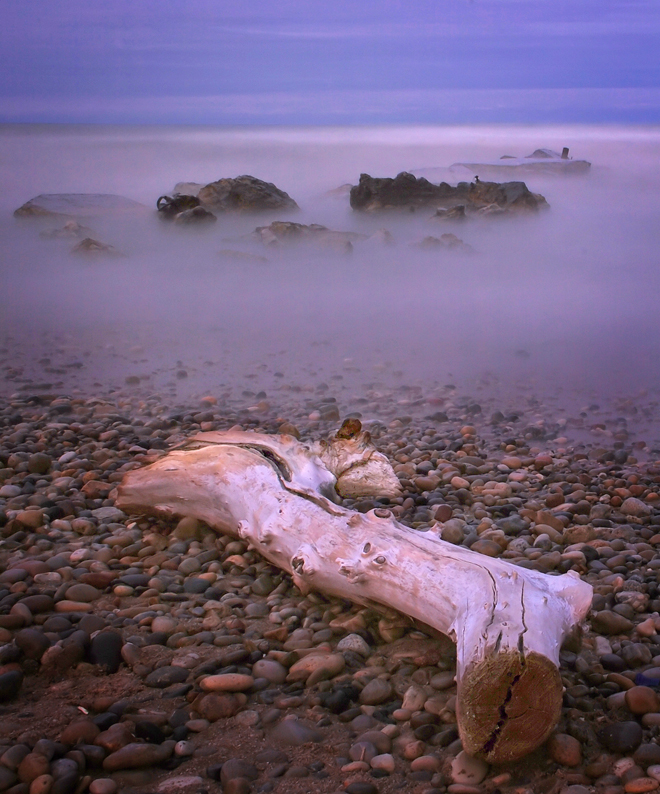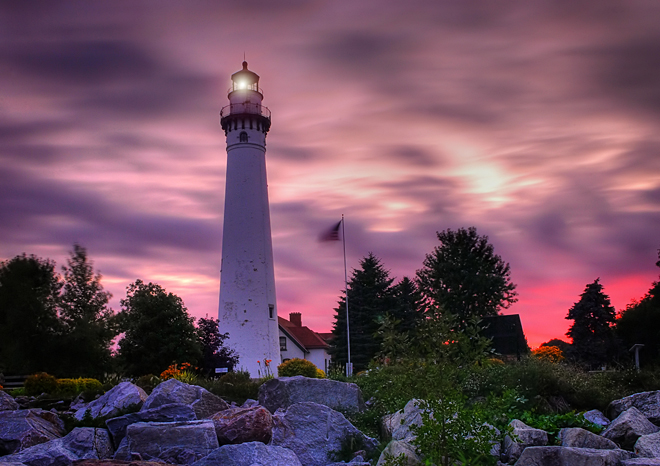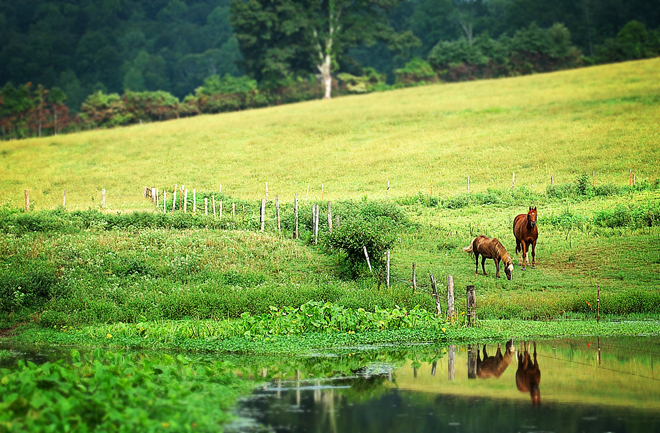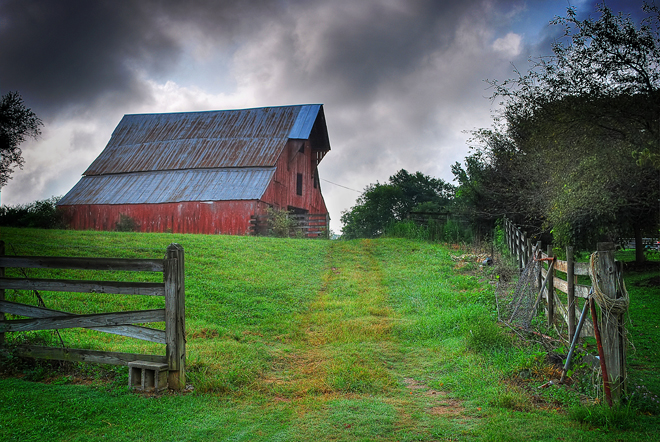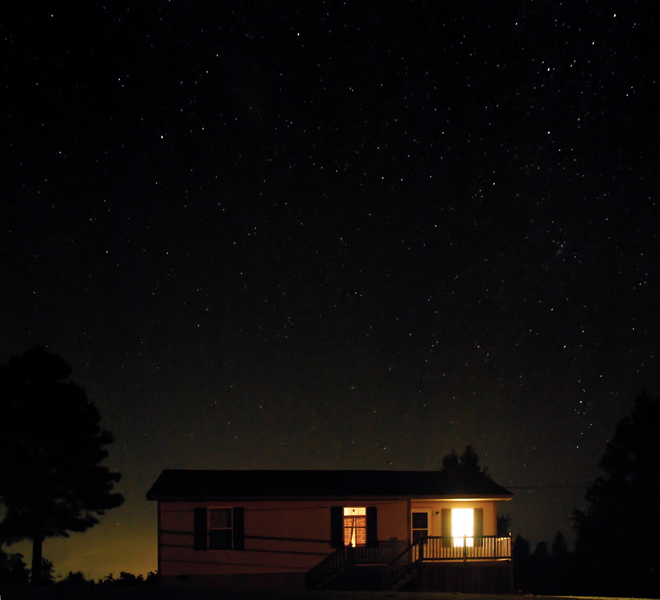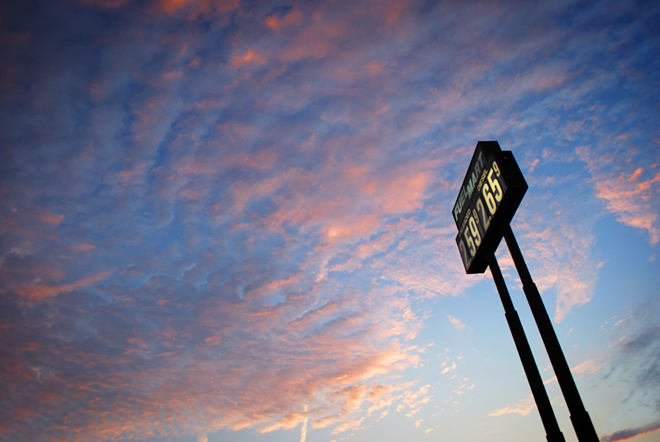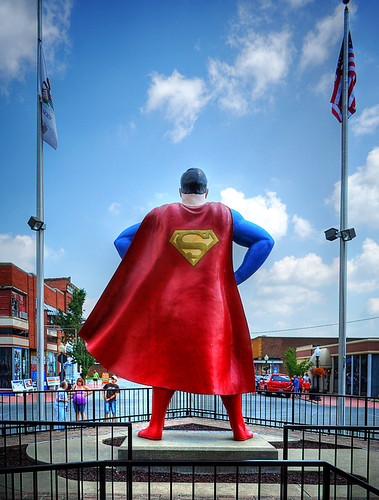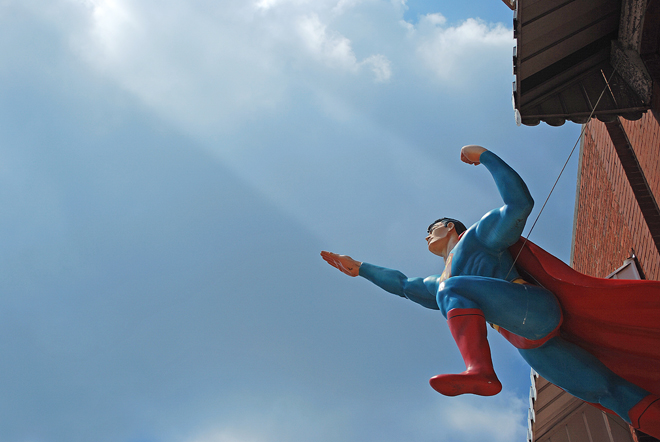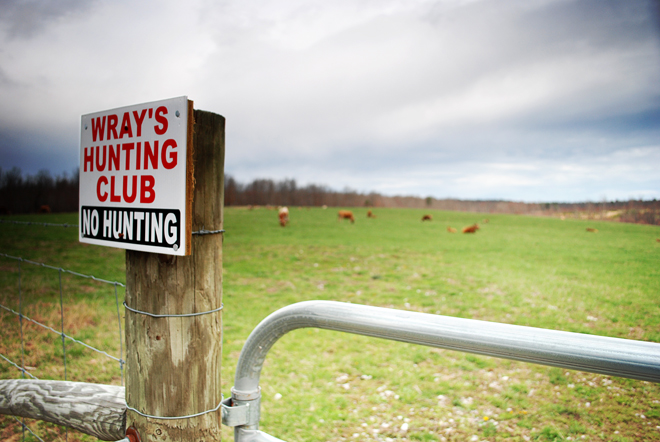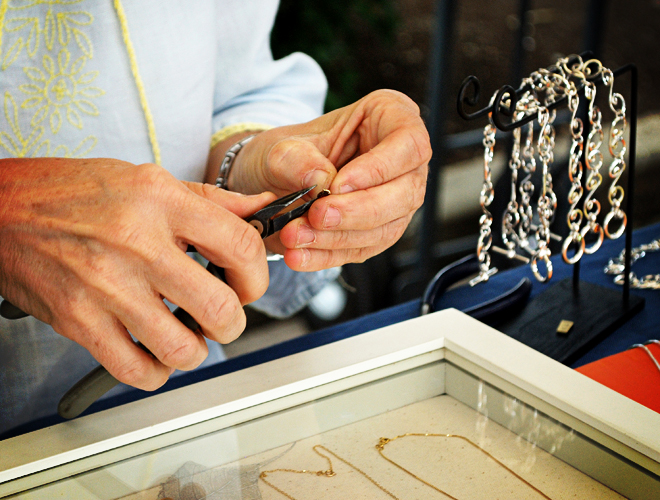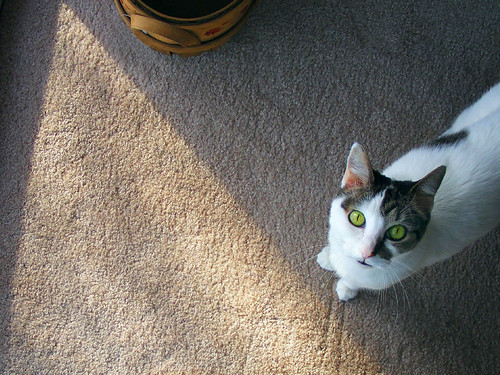
One day my wife and I noticed that our cat, pictured above, who had always been the picture of health, was limping on her hind legs. Within two days, she was completely paralyzed from the waist down.
We rushed her to our vet, who told me after an examination, in very grave tones, that the left side of her heart had enlarged, which allowed blood to pool and form clots. These clots would occasionally escape the heart and lodge in her legs, causing paralysis, and that the condition was nearly always fatal, since the clots would eventually reach and shut down vital organs. The vet gave me a bottle of medicine, designed to enlarge her blood vessels and dissolve the clots, told me how to administer it and told me not to be surprised if the cat did not survive the trip back home. That was nearly two years ago.
In April of 2008, I posted on this blog about her medical issues and wrote that there would come a day when her condition would overcome any benefit the medicine would provide. That day came last week when a series of clots shut down her legs and eventually her lungs. She now lies buried under the shade of an oak tree in our back yard.
The cat showed up on our doorstep as a stray one winter about ten years ago after someone dumped her in our neighborhood. She was cold, hungry and injured. We took her in, had her fixed up (in more ways than one) and gave her the home she had been denied elsewhere.
Our now music-major college-age son named her Poly (short for Polyphonic) because of her distinctive two-toned meow. Her meow registered in perfect fifths in the key of A (I worked it out on a guitar after listening to her meow one day). Think of the first two notes of the song,
Feelings. Karaoke cat sings, "Me-ow ... nothing more than me-ow ..."
Back in April of 2008, I was getting acquainted with a new digital camera and pointing it around the house when I spied a triangle of sunlight on our family room floor. Poly wandered into the shot and gazed up at me wondering what I was up to. I took the picture because it was an interesting composition -- it actually illustrates a principle of the golden mean, but I won't go into that.
I posted the photo on
Flickr and on this blog and pretty much forgot about it, until the week before Poly died. I was contacted by Getty Images, who was interested in adding it, along with several others, to their stock photography library. Unfortunately, at the time I took the photo, I was not thinking in terms of it ever being commercially viable, and had deleted the high resolution version. The current version's resolution does not meet Getty's minimum standard.
But still, it's nice that a formerly unwanted cat found that our home and the world's largest stock photography agency did indeed want her.
Photograph © 2008 James Jordan.





